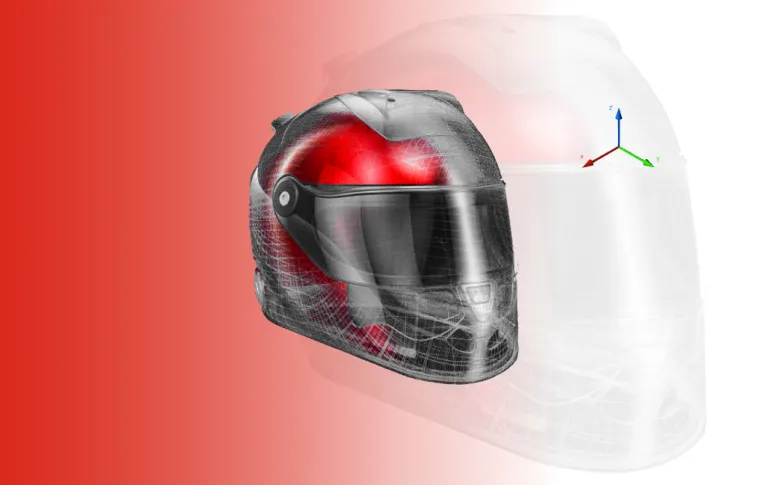What is organic modeling and what is the difference with 3d Hard Surface modeling?
Organic modeling is a polygonal 3D modeling technique used to represent free-flowing shapes found in nature. If you’re new to the world of 3D modeling, you need to know all about organic modeling and how it differs from hard modeling.
What is organic modeling?
Designers use polygonal 3D modeling techniques to depict a huge variety of objects, from the blunt surfaces of machinery and products to the free-flowing shapes of humans and animals, plants, and other natural forms. To do so, two main techniques are used: hard modeling and organic modeling.
While hard modeling is concerned with representing objects like machines, buildings, and furniture, organic modeling is used to create lifelike representations of the features of living creatures.
Designers and artists use 3D organic modeling software to create highly detailed representations of curves and shapes that are either found in nature or could be of natural origin. Examples of organic modeling include things like facial expressions, leaves, clothing, hair, and fur. However, organic modeling isn’t just restricted to depicting anatomy and biology. The technique is often used for highly stylized cartoon character design, digital art, and concept art.
Discover the digital manufacturing solutions from Dassault Systèmes
To depict lifelike organic forms, engineers, designers, and digital artists require sophisticated 3D modeling solutions. The highly versatile Dassault Systèmes software can be used by industrial designers, mechanical engineers, and digital artists alike.

SOLIDWORKS xDesign
Get ready for the next generation of design solution, developed by the same team that brought you SOLIDWORKS 3D CAD
How does organic modeling work?
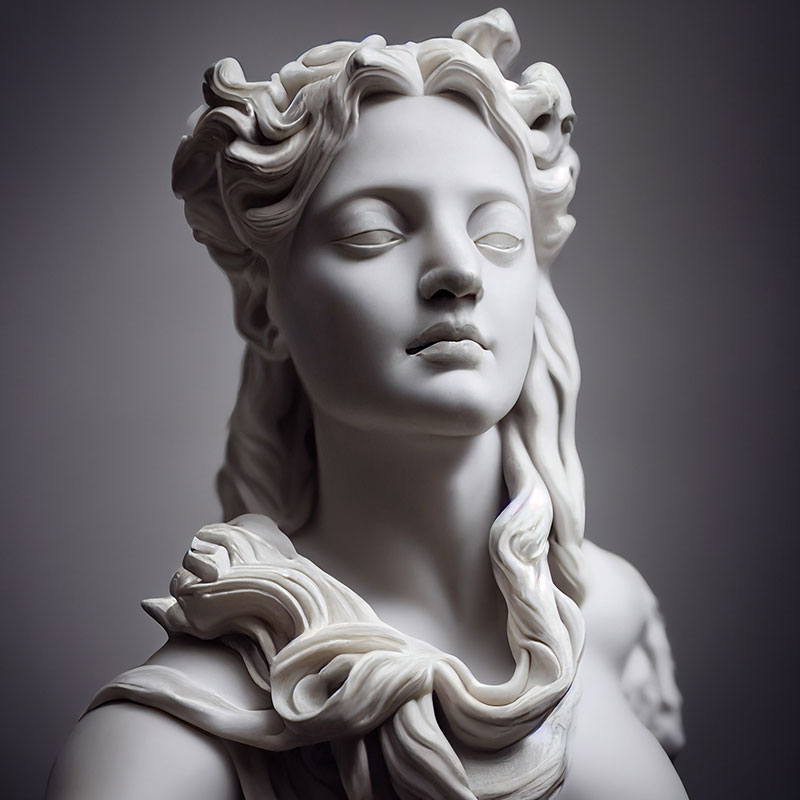
Traditionally, organic modeling was used for 3D models that mimic the shape of organic objects like animals, humans, and plants. Although there are different processes involved depending on the software, the basic concept behind creating an organic 3D model remains the same.
To create an organic 3D model, a designer will use CAD software to build a 3D mesh. This mesh can then be manipulated and refined using free-form push and pull techniques to create the desired shapes.
The technique works in much the same way as sculpting a statue. A sculptor begins with a block of material and then cuts off everything that they don’t need. A designer will start with an initial mesh shape and subdivide areas that need more details and refinement, pushing and pulling the surface until the desired form is attained.
Browse all the Dassault Systèmes store applications
We feature in our store some of our best software to design, collaborate and innovate throughout the entire product lifecycle.
Content related to organic modeling
Hard Surface Modeling vs Organic modeling : understand the differences
Hard surface models are used to depict any object that is not natural or life-like. It can be thought of as inorganic modeling as opposed to organic modeling. Hard surface models have distinct and precise shapes that often have sharp edges and flat surfaces.
When creating a hard surface model, designers will use specialized CAD tools like Boolean operations and bevels to create shapes. Organic modeling, on the other hand, relies on sculpting tools that are used to manipulate a model in a freeform fashion.
Hard surface modeling is used for creating inorganic objects like machinery, furniture, vehicles, or architecture. Organic modeling is used to depict cartoon characters, living or fantastical creatures, plants, and humans but can also be used to created products with a more push & pull techniques.
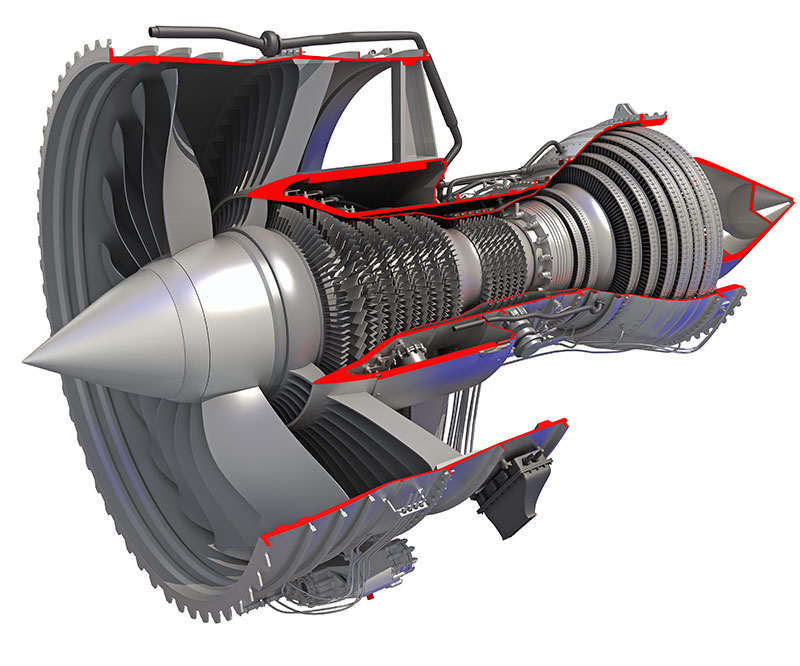
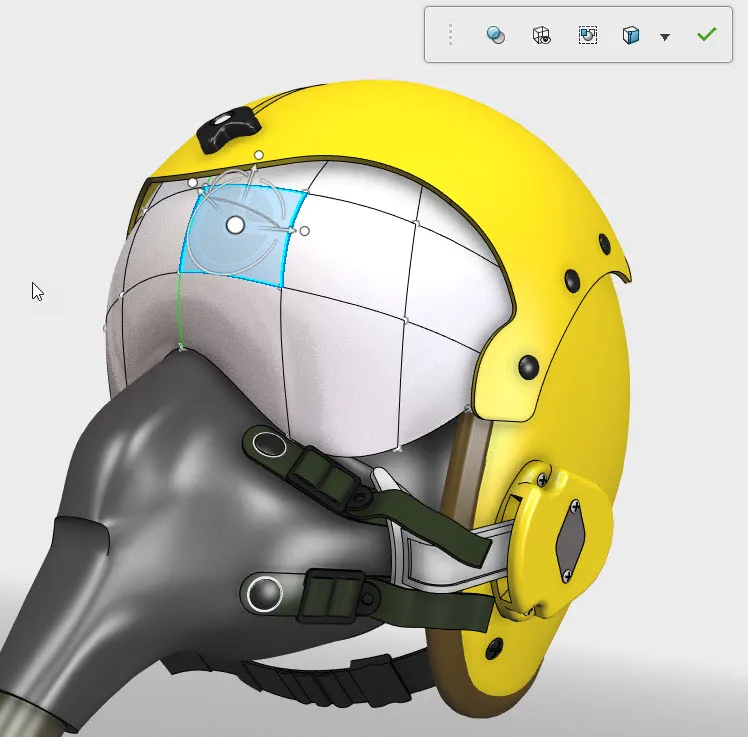
Overlap and hybridization of organic and hard surface modeling techniques
However, there is a large degree of overlap between the two skills. To depict many products in a realistic way requires organic modeling techniques. The sweep of a car hood, for instance, will need to be created using organic modeling.
Some designers will say any object that is animated can be classified as organic. Others point to inorganic objects that have soft edges or share features with organic objects, like the soft curves of a pillow or the flowing lines of a boat. The opposite can also be true, a rock is an organic form, but it is not soft. In many cases, the topology of the model itself determines the technique that is used. Many 3D models require a mix of both hard modeling and organic modeling techniques.
The professional distinction between hard surface and organic modeling
Given that there are overlaps between the two techniques and that some models are created using a mix of both, it may seem strange that there is a distinction between hard surface modeling and organic modeling.
The professional reason for the delineation between the two forms of modeling is that it makes it easier for designers to explain their skills and preferences. A person will describe themselves as an organic modeling expert if they are looking for a career in animation, for instance. Conversely, a hard modeling specialist would very likely be aiming for roles in the architectural industry, construction, or product development.
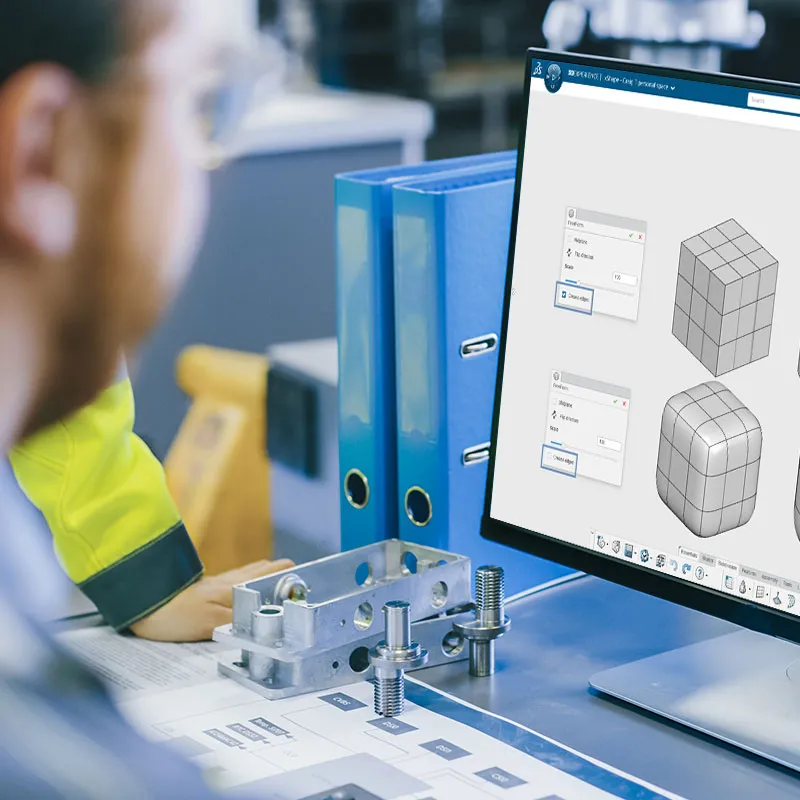
Benefits of organic modeling : a dynamic creation workflow
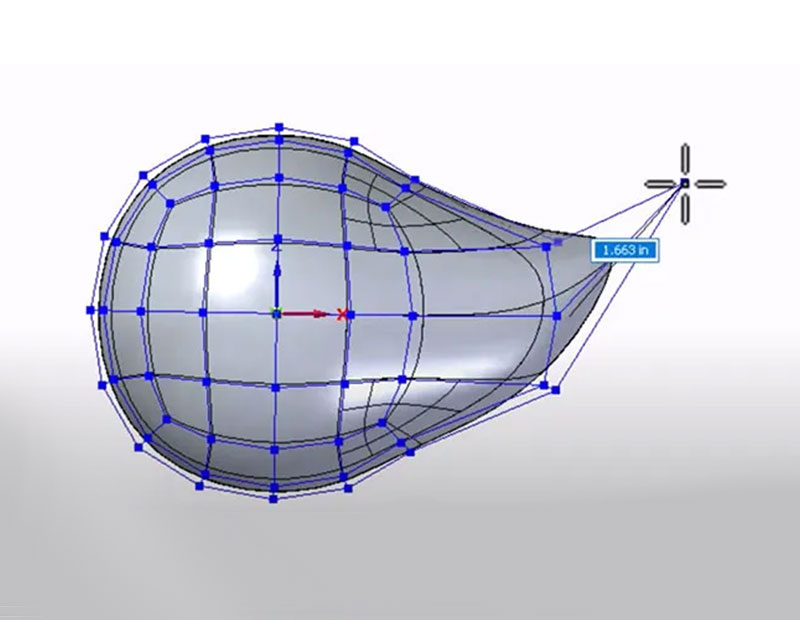
Organic modeling allows for a freer, more dynamic creation workflow. It requires a designer to use a variety of sculpting and modeling tools to create intricate details, rather than building a model using polygonal predetermined shapes.
Organic models have a more natural and flowing appearance as opposed to the sharp edges and flat surfaces of hard surface models. This makes them ideal for animations, cartoons, and depictions of trees or plants.
Using organic modeling techniques allows designers to experiment with designs without the restrictions placed on them by parametric 3D modeling techniques. It is often used in product development, for digital artworks, and by artisans such as jewelers.
Exploring the limitations of organic modeling in 3D modeling
Although organic modeling is a highly effective technique to create 3D digital depictions of lifelike objects, it does have some downsides. Organic modeling is computationally intensive. The software required to create a 3D organic model can usually only be run using powerful hardware.
Additionally, because of the freeform nature of organic modeling, it can be difficult to create models that have precise shapes or dimensions. Organic modeling cannot be optimized for animations or rigging, as it is always slightly imperfect.
Another drawback to organic modeling is that design iterations take more time and are much less precise than other modeling techniques. For example, using organic modeling, it is not possible to change the entire model simply by changing a parameter as a designer can when using parametric modeling techniques.
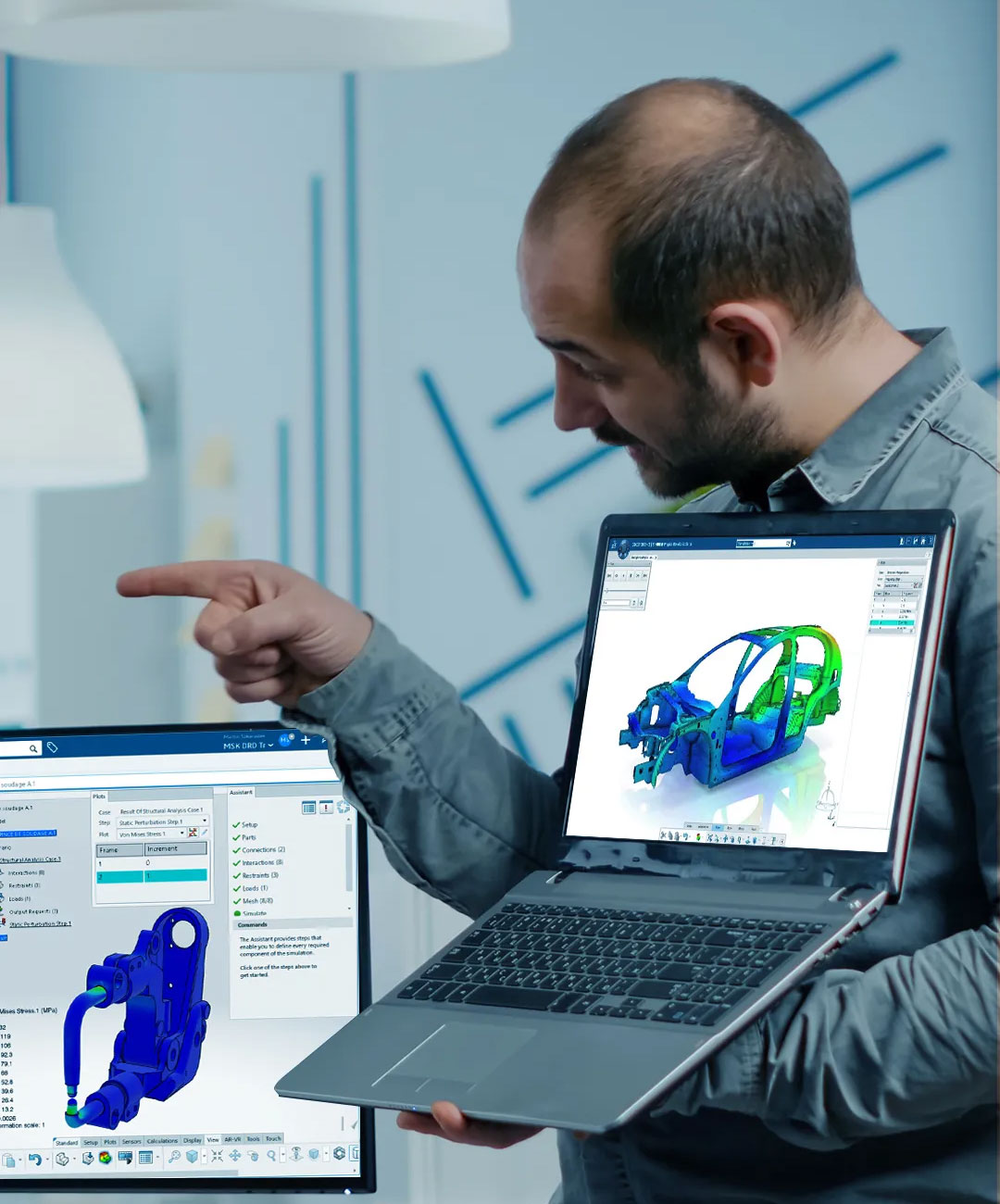
Can organic modeling be used for industrial design or product creation?
While many people associate organic modeling solely with cartoons, animations, or video games, there are many industrial design and product creation applications for this technique. Organic modeling is widely used to design cars, boats, consumer goods, and clothing.
The freeform style of organic modeling techniques allows designers to play with ideas and be more creative than parametric techniques. Many designers use organic modeling during the initial conceptual and ideation stages of product development.
What are the common applications of organic modeling?
Organic modeling is commonly used in the entertainment industry to create a range of characters for movies, television shows, animations, video games, comic books, and advertising.
Organic modeling - Conclusion & Perspectives
Organic modeling is a freeform design technique used to create CAD models that have lifelike features such as trees, animals, humans, anatomy, hair, and other natural objects. Unlike hard surface modeling, organic modeling works using a push-and-pull method that allows for complete design freedom. Digital artists, animators, and designers all use organic modeling methods.
Diverse sectors such as the entertainment industry, automotive companies, aerospace industries, construction, and architectural firms all require designers that are skilled at organic modeling. Organic models are used in animations, advertising, movies, for showcasing buildings, and for product development.
To become an organic modeling specialist, you will need to have good artistic sensibilities and a talent for drawing. Organic modelers must have a keen eye for detail and a good understanding of how natural objects are constructed and how they move in the real world. An organic modeling designer also needs to have experience in using sophisticated 3D CAD software.
Why choose Dassault Systèmes for your digital manufacturing needs?
Discover design freedom with the 3DEXPERIENCE Platform
The 3DEXPERIENCE Platform harnesses the massive potential of the cloud to shatter the restraints posed by traditional on-premises CAD software. You can have complete freedom to design on the go, without being tied down to a static location. Set yourself up with a fully customized array of project management, CAD, and PLM tools. With the 3DEXPERIENCE Platform, you can choose exactly what roles you want and disregard any tools that you don’t need. It is an ideal option for agile companies, remote workers, or students.


Explore superior CAD solutions from a leading developer
Professional designers require sophisticated, adaptable, and powerful software to create lifelike organic models and hard surface models. Sculpting, texturing, rendering, and environmental modeling are all made easier using the exceptional CAD solutions from Dassault Systèmes.
Our 3D CAD modeling software is used by industry experts from a wide variety of sectors, from the entertainment industry to the manufacturing and construction sectors to the automotive and aeronautical industries.

